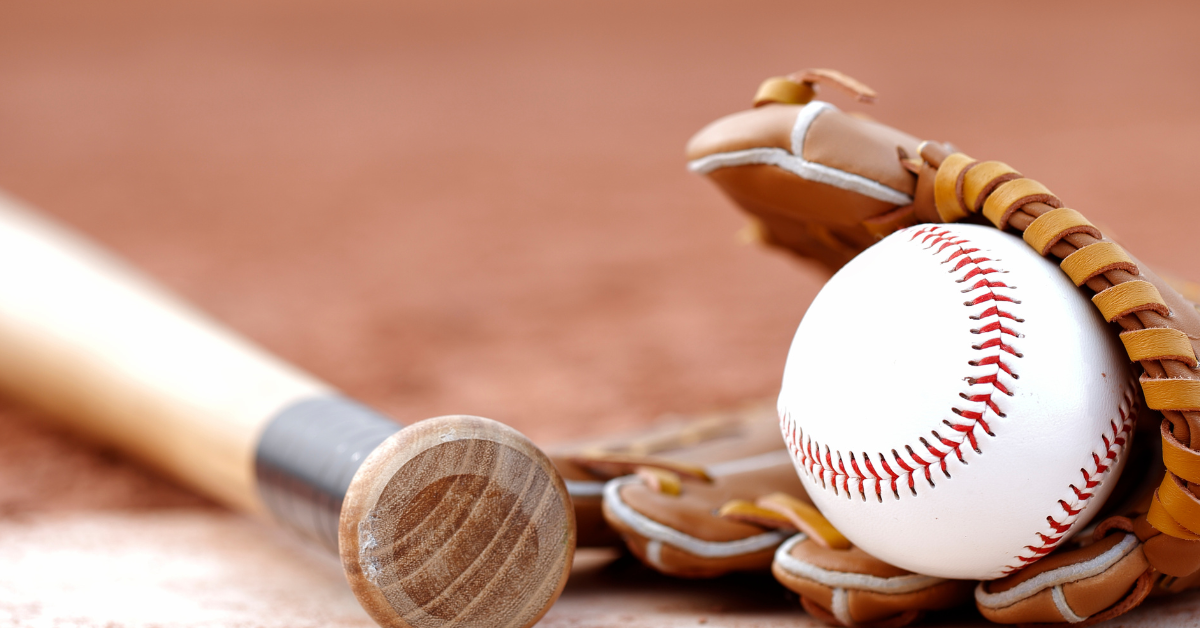
The Relationship Between Baseball Velocity, Spin Rate, and Injury Risk: Prevention Through Training
By Dr. John Mishock, PT, DPT, DC
Baseball has evolved into a game of velocity and spin rate, with pitchers and hitters alike striving for maximum performance. However, as velocity and spin rates increase, so does the risk of injury. Understanding the biomechanics behind these forces and implementing proper training strategies can help players optimize performance while reducing injury risk.
The Science Behind Velocity and Spin Rate
Velocity in pitching is generated through a combination of lower body power, core stability, and upper body mechanics. Spin rate, which affects pitch movement, is largely influenced by grip, wrist strength, and arm speed. While both attributes are essential for success on the mound, they also contribute to significant stress on the shoulder, elbow, and forearm.
The increased stress from high velocity and spin rate can lead to common baseball injuries such as UCL (ulnar collateral ligament) tears, labrum injuries, and rotator cuff strains. Studies have shown that pitchers throwing above 95 mph are at a significantly higher risk of elbow injuries, primarily due to the extreme torque placed on the arm. According to a study published in the American Journal of Sports Medicine, pitchers throwing over 85 mph are five times more likely to suffer a UCL tear requiring Tommy John surgery.
Injury Statistics from Youth to Professional Levels
- Youth Baseball (Ages 9-14): A study from the American Orthopaedic Society for Sports Medicine found that youth pitchers who throw more than 100 innings per year are 3.5 times more likely to suffer a serious arm injury.
- High School Baseball (Ages 15-18): Research published in the Journal of Shoulder and Elbow Surgery found that 58% of high school pitchers reported shoulder or elbow pain during a season.
- College Baseball: Studies indicate that approximately 30% of college pitchers experience UCL injuries that may require surgical intervention.
- Professional Baseball: According to MLB injury reports, nearly 25% of all professional pitchers undergo Tommy John surgery at some point in their career, with an average recovery time of 12-18 months.
Injury Prevention Strategies
The key to preventing injuries while enhancing performance lies in a well-structured training program focusing on strength, mobility, and recovery. Here are critical components of an injury prevention plan:
1. Strength and Conditioning
- Lower Body Strength: The legs and hips generate the majority of a pitcher’s power. Squats, deadlifts, and lunges help build the necessary strength to reduce stress on the arm.
- Core Stability: A strong core enhances energy transfer and reduces compensatory movements that lead to arm injuries. Planks, rotational exercises, and anti-rotation drills are essential.
- Scapular and Shoulder Stability: The shoulder complex must be strong and stable. Exercises like band pull-aparts, Y-T-Ws, and prone shoulder stability drills improve shoulder health.
2. Mobility and Flexibility
- Hip and Thoracic Mobility: Proper mobility in the hips and upper back allows for efficient energy transfer and reduces strain on the arm.
- Forearm and Wrist Mobility: Strength and flexibility in the forearm and wrist contribute to controlled spin rate and reduced risk of overuse injuries.
3. Arm Care and Recovery
- Pre-Throwing Routines: Dynamic warm-ups, band work, and plyometric exercises prepare the arm for high-velocity movements.
- Post-Throwing Recovery: Ice therapy, soft tissue work, and recovery protocols like Jaeger bands and shoulder strengthening exercises should be part of every pitcher’s routine.
- Workload Management: Proper rest between outings and monitoring pitch counts help prevent overuse injuries.
Implementing a Baseball-Specific Training Program
At Mishock Physical Therapy, we specialize in developing customized training and rehabilitation programs for baseball players. Our programs integrate strength training, mobility work, and injury prevention strategies tailored to each athlete’s needs. By focusing on proper mechanics, workload management, and structured recovery, players can maximize velocity and spin rate safely.
If you are a baseball player looking to enhance your performance while staying injury-free, contact Mishock Physical Therapy today for a comprehensive evaluation and personalized training plan.
By combining knowledge of biomechanics with proper training and recovery, baseball players can continue pushing the limits of velocity and spin rate without increasing their risk of injury. The key lies in a balanced, well-structured approach that prioritizes health and longevity in the game.
We can help!
If pain is limiting you from doing the activities you enjoy, give Mishock Physical Therapy a call: locations in Gilbertsville (610-327-2600), Skippack (610-584-1400) , Phoenixville (610-933-3371), Boyertown (610- 845-5000), Limerick (484-948-2800) at www.mishockpt.com or request your appointment by clicking here.
Dr. Mishock is one of only a few clinicians with doctorate-level degrees in both physical therapy and chiropractic in the state of Pennsylvania. He has also authored two books; “Fundamental Training Principles: Essential Knowledge for Building the Elite Athlete”, “The Rubber Arm; Using Science to Increase Pitch Control, Improve Velocity, and Prevent Elbow and Shoulder Injury” both can be bought on Amazon or train2playsports.com.

